The Shetland Bus played a crucial role in the British–Norwegian resistance movement during World War II. This is the remarkable story of the secret missions that crossed the North Sea under cover of darkness.
During the German occupation of Norway in World War II, whispers spread through coastal communities of mysterious boats slipping in and out under cover of darkness. These small fishing vessels were far more than they seemed.
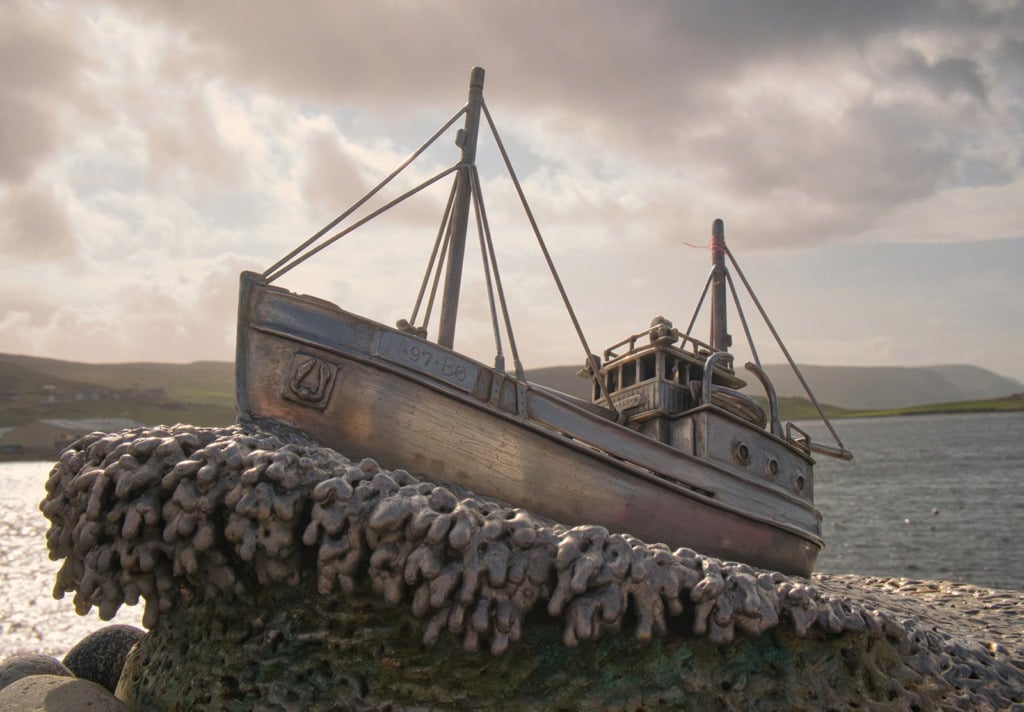
Collectively known as the Shetland Bus, they formed a vital and clandestine transport link between Shetland, a remote archipelago northeast of mainland Scotland, and occupied Norway.
The operation became a lifeline for the resistance movement. Hundreds of Norwegians, both civilians and resistance fighters, escaped to Britain via this dangerous route.
In return, the boats delivered weapons, intelligence agents, and supplies to support the underground effort against the Nazis.
Together with Orkney, Shetland is steeped in Norse history and that legacy continues to this day. One can only imagine that local people were delighted to help the Norwegian resistance efforts.
In Norwegian, the group was officially known as Shetlandsgjengen, or the Shetland Gang. But among locals on both sides of the sea, the informal nickname “the Shetland Bus” stuck, partly because of the back-and-forth regularity of the missions.
Table of Contents
How the Shetland Bus Came to Be
When Nazi Germany invaded Norway in April 1940, the country’s long coastline and strategic location quickly became a concern for Allied forces.
Control of the Norwegian coast would give Germany dominance over vital shipping routes in the North Atlantic and access to valuable resources, such as Swedish iron ore shipped through the port of Narvik.
For Britain, maintaining contact with Norwegian resistance groups became an urgent priority.
The Shetland Islands, lying just over 300 kilometres from Norway’s west coast, offered the perfect springboard for covert missions. The archipelago’s remote location, sparse population, and strong historical links with Norway made it an ideal base.
Shetland had once been part of the Norwegian kingdom and many locals still felt an affinity with their Scandinavian neighbours. As the war intensified, this old connection took on new meaning.
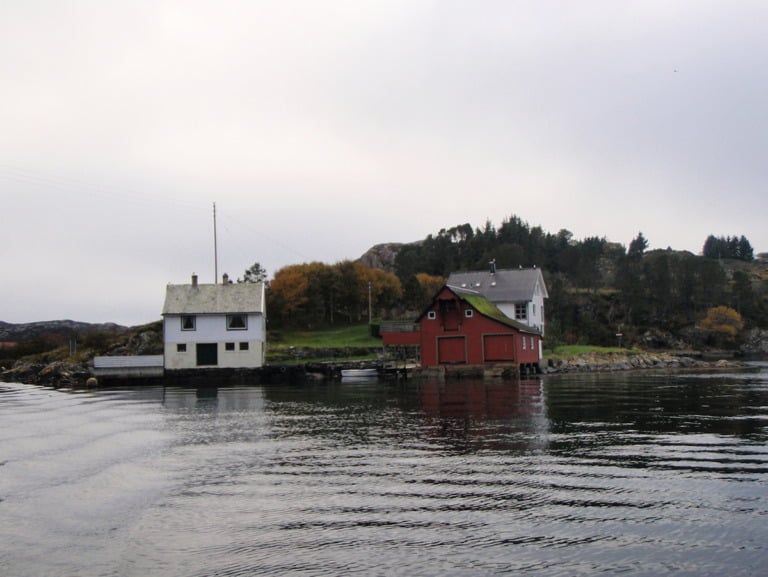
In the early days of the resistance effort, Norwegian sailors (many of whom had fled the German occupation) used their own fishing boats to make perilous crossings of the North Sea.
These vessels were often modest, open-decked craft, designed for coastal fishing rather than winter voyages across one of the world’s most dangerous stretches of water.
But the men knew the sea, and more importantly, they knew the fjords, islands, and hidden inlets of Norway's western coast.
Dangers at Sea
Every crossing of the North Sea was a battle against both man and nature. To reduce the risk of detection by German aircraft or patrol boats, missions typically took place in winter, when the nights were longest. But that strategic advantage came at a cost.
The North Sea in winter is a merciless expanse, notorious for its sudden storms, freezing spray, and towering waves that could splinter wooden boats like matchsticks.
Crews endured bone-chilling temperatures for hours or even days at a time, often soaking wet and exposed to the elements. Many of the early fishing boats lacked proper heating or insulation, and seasickness, frostbite, and exhaustion were common.
Navigation was equally treacherous. With few lights to guide them and blackout conditions in both Norway and Shetland, sailors relied on their knowledge of the stars, compass bearings, and coastal landmarks often shrouded in fog or snow.
All the while, they had to remain alert for the enemy. German aircraft patrolled the skies, while Kriegsmarine vessels and U-boats lurked in the waters below. A single flare or misstep could lead to interrogation, imprisonment, or execution.
Although the vessels were disguised to look like ordinary fishing boats, many were secretly armed. Guns were concealed in hollowed-out oil drums or hidden under deck boards, ready to be deployed in case of attack. But firepower offered little protection against a heavily armed patrol ship or bomber overhead.
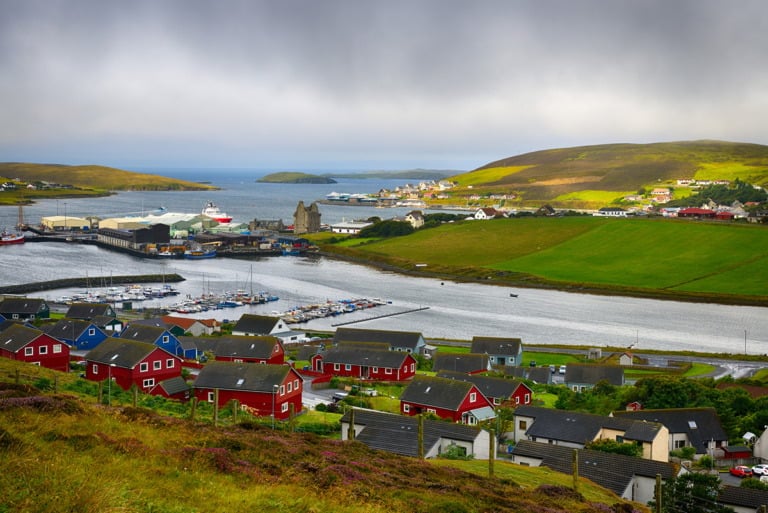
“We armed the ships as best we could against chance encounters, always bearing in mind that to appear as innocent fishing boats might often be their best chance of survival.” – David Howarth, The Shetland Bus
Despite all precautions, the dangers were real and often fatal. Of the many brave Norwegians who took part in the Shetland Bus missions, at least 44 lost their lives.
Several boats simply vanished, likely sunk by storms or enemy action, their fate never confirmed.
The Telavåg Tragedy
One of the most harrowing consequences of the Shetland Bus operation took place not at sea, but on land—highlighting the enormous risks faced by anyone who aided the resistance.
In the spring of 1942, two British agents arrived in the small coastal village of Telavåg, south of Bergen, after being smuggled in by Shetland Bus sailors. The villagers, knowing the risks, nonetheless gave the men shelter.
When the Gestapo learned of their presence, they launched a raid. A violent confrontation followed in which two German officers and a Norwegian collaborator were killed.
What happened next was one of the most brutal acts of collective punishment in Norway during the war. In retaliation, German forces descended on Telavåg and obliterated the village. Every house was burned to the ground, livestock was seized, and fishing boats were destroyed.
The women and elderly were arrested and imprisoned. All male villagers between the ages of 16 and 60 were deported to concentration camps in Germany. Many never returned.
The Telavåg tragedy sent a chilling message across Norway: helping the Allies could cost entire communities their lives. But it also became a powerful symbol of resistance and sacrifice.
After the war, the village was rebuilt, and today the North Sea Maritime Museum in Telavåg tells the story of the Shetland Bus and the devastating events that occurred there.
Heroes of the Shetland Bus
The crews of the Shetland Bus were made up of skilled Norwegian seamen, many of them young men who had either fled occupied Norway or remained secretly involved in the resistance. Some even “borrowed” their boats from families or friends, usually with quiet approval.
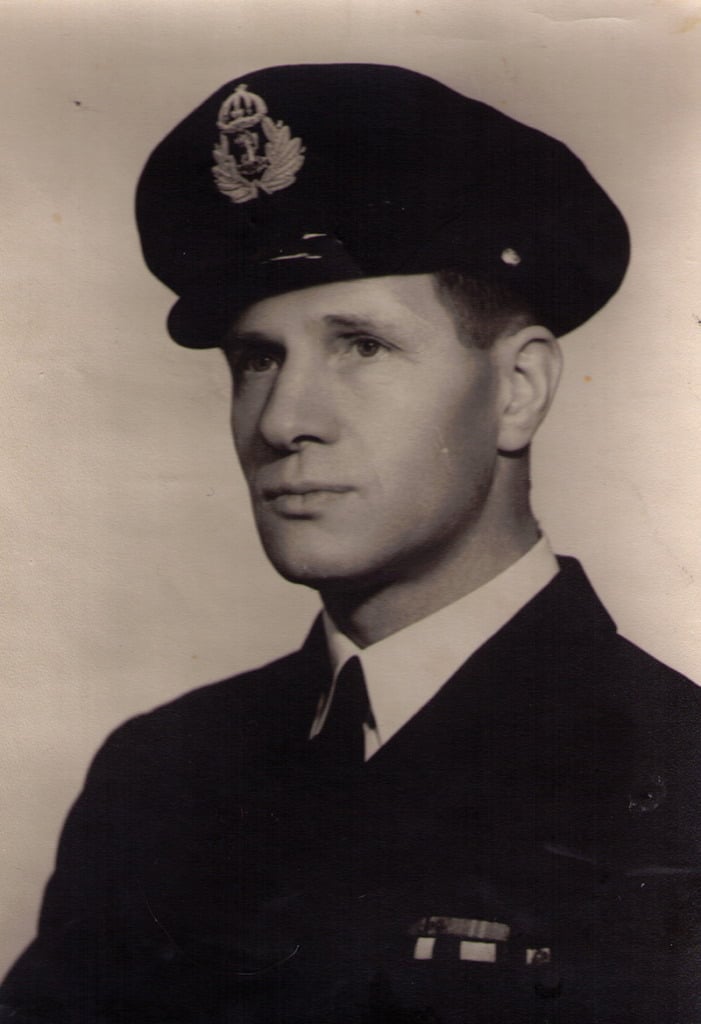
The most celebrated of these sailors was Leif Andreas Larsen, affectionately nicknamed “Shetlands-Larsen.” A fearless and determined skipper, Larsen completed 52 missions, which was more than any other member of the group.
On one dramatic occasion, after his boat was bombed by German aircraft, he and some of his crew rowed for hours to reach the Norwegian coast.
Larsen survived the war and was showered with honours. He remains the most highly decorated non-British serviceman in the history of the British military.
“He soon showed astonishing qualities of rough and ready leadership… a combination of confidence, bravado and luck which brought him through one adventure after another that would have broken the nerve of most men.” – David Howarth, The Shetland Bus
Another prominent figure was Kåre Iversen. After escaping German capture early in the war, he joined the Shetland Bus and took part in 57 missions. Iversen later settled in Scalloway, Shetland, marrying a local woman and raising a family there.
Remembering the Shetland Bus
Today, the Shetland Bus is remembered with pride both in Norway and in Shetland. The village of Scalloway, where the operation was based, is home to a permanent exhibition at the Scalloway Museum.
Visitors can learn about the missions, see artefacts from the boats, and read personal stories from those who took part.
Outside the museum, a modest metal sculpture honours the 44 Norwegian men who died while serving with the Shetland Bus. The sculpture stands atop a base built with stones from each of their birthplaces. It’s a powerful symbol of remembrance and unity.
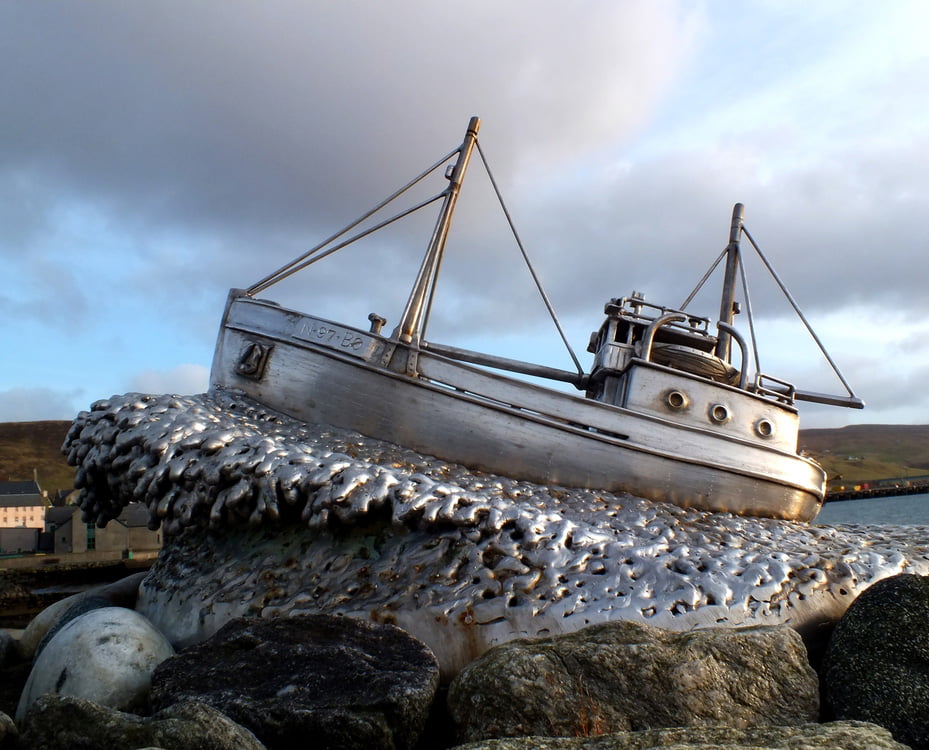
Facing the harbour from which so many dangerous voyages began, it offers a place for quiet reflection. For those who know the story, it is a reminder of the courage, sacrifice, and deep friendship shared across the sea.
The Legacy in Books and Film
Much of what we know today about the Shetland Bus comes from the 1951 book The Shetland Bus, written by David Howarth, a British naval officer involved in organising the missions. His account, based on firsthand experience, brought the story to a wider audience.
In 1954, the story was adapted into a British–Norwegian film, Shetlandsgjengen (released in English as Suicide Mission). Remarkably, many of the real-life participants played themselves, including Shetlands-Larsen.
Kåre Iversen later wrote his own memoir, I Was a Shetland Bus Man, published in 1996 and reissued in 2004 as Shetland Bus Man. His story offers a deeply personal glimpse into the everyday reality of life aboard the vessels.
The Shetland Bus is one of the most remarkable and understated stories of World War II resistance. It relied not on armies or battles, but on the bravery of ordinary men facing extraordinary dangers—armed with nothing more than a fishing boat, a compass, and an unshakeable resolve.
Thanks to their efforts, countless lives were saved, and the flame of Norwegian resistance was kept alive across the sea.

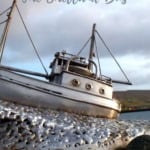

Great struggle during the world war ll.l have learned more wonderful photo, information about the world war history. Yes l understand it all of Norway s history. But for my opinion all countries must be prepare a plan axactly again s invasion with all details.Norway has o plan also but no oppotunity to guarentee your freedem includings alliances.Our big man Kemal Atatürk said to US for future only your can thrust your forces that is İn your blood İn the blood-Vessel s.l wish to your all a peacefull bright future.
Great article. David Howarth’s book is excellent, as are the other books in his wartime trilogy, We Die Alone and The Sledge Patrol. We visited the museum in Scalloway in 2018 and it was fascinating — a great deal of information and history packed into a small space.
Maybe you would love to know it exist an italian novel (fiction) based on this history facts about the Shetland bus.
It’s called “Il coraggio salpa a mezzanotte” (the courage sails on midnight) by Andrea Atzori, published by Einaudi Ragazzi in 2019.
A lovely and very well written novel for young adults. As far as I know it’s only avaliable in italian at the moment.
There is also a monument,” Englands farten” on the quay side in Alesund with the names of all those from the area who escaped in various small boats, my father and uncles amongst them
My grandad (Sgt Thomas Almond) was part of the Shetland Bus Operation. Our family had no idea of his wartime escapades. When he died (1984/5?) he left behind no signs of his part in WW2; no medals – nothing. Infact, he never spoke of the war at all. It was only in the late 2000’s when my mum (his daughter) was researching our family tree that little bits of information came to light, including the book ‘The Shetland Bus’.
It is sad that we won’t know what happened during his wartime career as his file is sealed until 2032 under the official secrets act!!
My father, Harold Robert Bass, was the armourer at Scalloway but apart from a few references in a local book, there doesn’t appear to be any details of his involvement. He mentioned Leif Larsen, accompanying agents from Aberdeen to Baker Street in London and is shown on YouTube incorrectly as being Norwegian. He was offered Norwegian nationality after the war.
My mother Mary Young Mcdonald was a nurse at Gilbert Bain Hospital in Shetland during ww2. She died in 2009 and it wasn’t until I was talking to my aunt (her sister) she happened to mention how brave my mother was during the war going out to meet injured soldiers at sea being brought from Norway to Shetland. I have tried to find out any information, but my relations are all gone now. Does anyone know if this could have been the Shetland bus.
The Shetland Bus wasn’t one boat – it was a collective name given to all the small fishing boats used to secretly move people to/from Norway
Thank you for your reply, yes that does make sense, much appreciated.
Two good books are The Jøssing Affair and the Quisling Factor, both by J.L. Oakley. They are historical fiction but the Shetland Bus is part of it.
I just saw The War Sailor a beautiful yet tragic story of Norway’s heroic merchant seamen in WWII. One of my best friends was on the Pueblo, captured by the North Koreans. Through him I learned of the horrors of war at sea and it’s affect on families and children.
Even though I read a lot about WWII and look for movies about its history, I had never heard of the Shetland Bus until this spring, when we visited Scalloway on a cruise excursion. The small museum packs an emotional wallop with its artefacts and stories of these heroes. Their contribution to our freedom should be known far and wide.